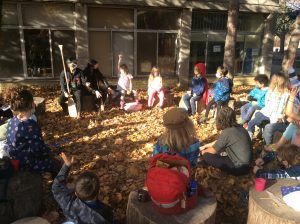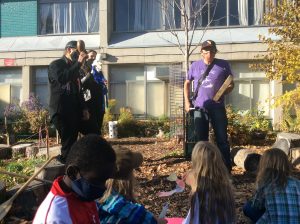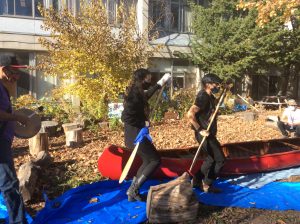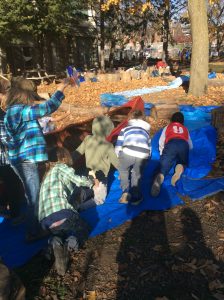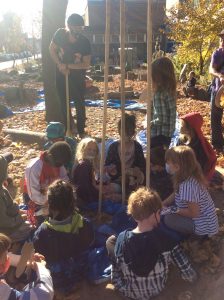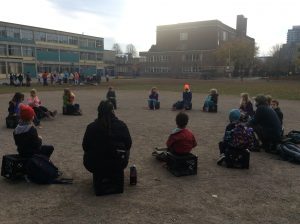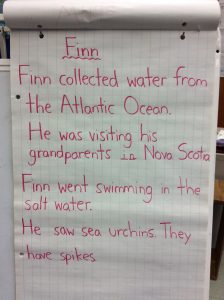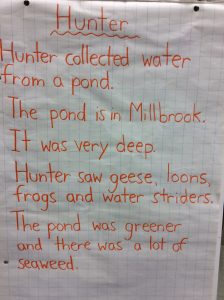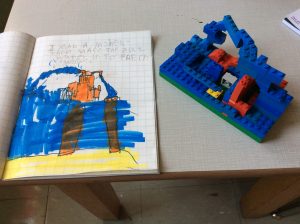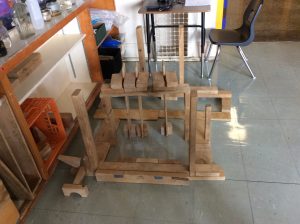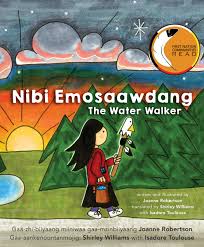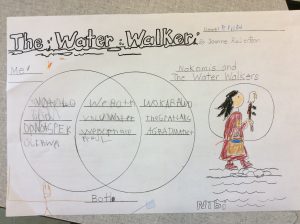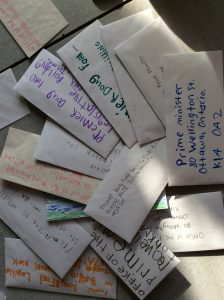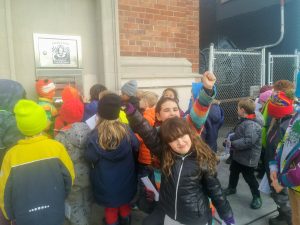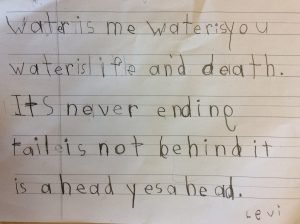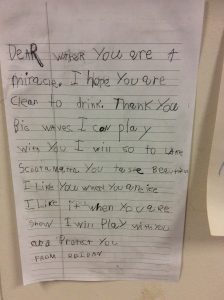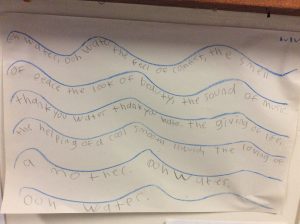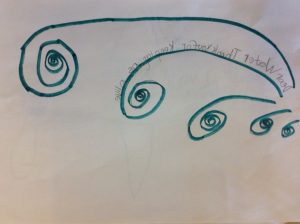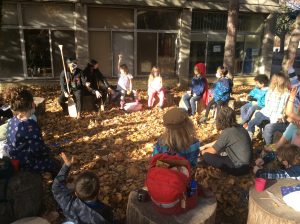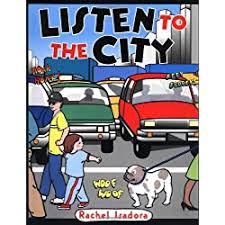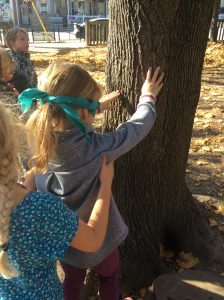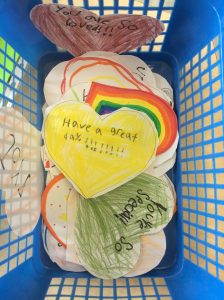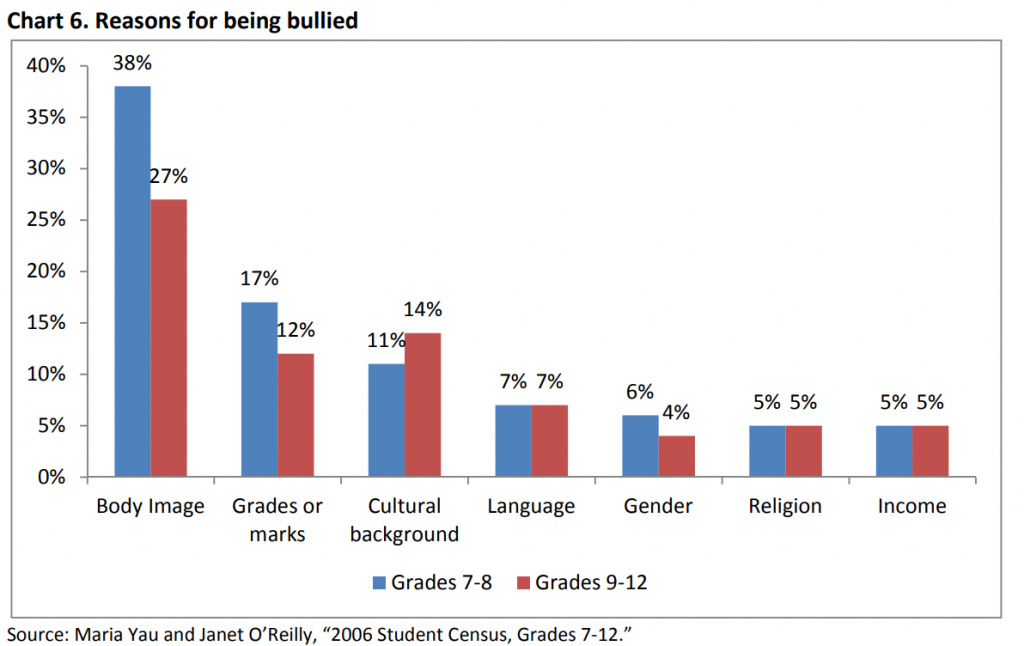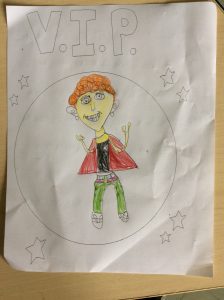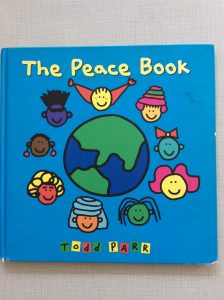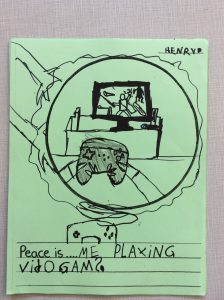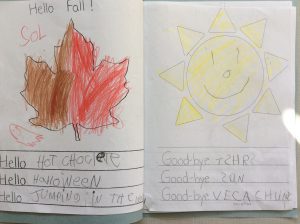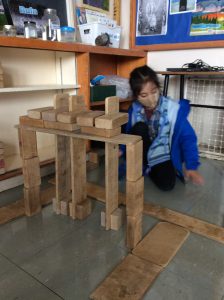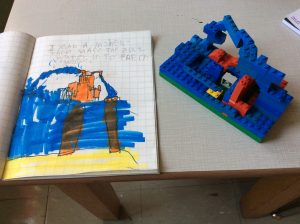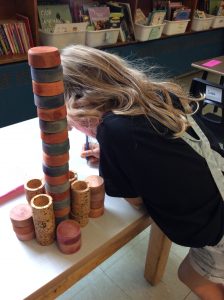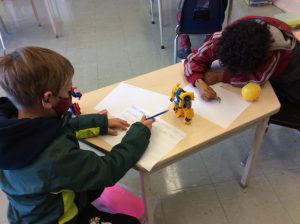Not everything that is faced can be changed, but nothing can be changed until it is faced. James Baldwin
2020 was like a personal worldview culminating activity that happened in slow motion. It was a merger of events and interactions that finally allowed me the ability to see race and racism more clearly than ever before. 2020 also showed me that there were many more threads woven into this tapestry and that I needed to look at them one by one in 2021.
Although this post is not intended to be a look back, it definitely includes some reflection and understanding that are decades overdue.
Before ever becoming an ally, activist, and anti-racist there is something I have to do first. Confront my past and present racism. Whether it was implicit or explicit, recognizing the fact that racism is part of my past and present is the first step. In my past it came in the form of exclusion, cruel words, omission, inaction, fear, ignorance, and/or silence. In the present, my acknowledgement of racism in my life comes from waiting for so long to change what I do in the classroom before developing a culturally relevant and responsive pedagogy that was truly inclusive of the students I was entrusted to teach. It comes from sticking to a Eurocentric approach to history and by failing to include the voices of others who have been silenced by a whitewashed curriculum.
I am sorry for all of it. Even though I was never called out or made to account for my actions I need to own them even though they cost me anything other that regret. This has taken decades to sink in because, ultimately, there was a cost, although so much of it went unnoticed.
Neither the bill, nor the collection agency arrived at my door demanding payback. Only after the realization that my racism accountability statement was seriously overdrawn was I moved to action. The clearest recollections come from middle school, where I remember not standing up for someone who was at the end of racist epithets and exclusion, and laughing while someone shared a racist joke. I see now a complete lack of caring, courage, and conviction to confront what I was willing to let continue by my complacency. I have to own this as part of my past because someone else always paid the price. What worries me more are the times that went by when I was oblivious yet still complicit to how racism was affecting those around me. There was a cost.
Even though it came to me without cost I was still given insight and the tools to effect necessary change each time I dived deeper into how to be an anti-racist beyond the hashtag. It started with some powerful reads such as the work of Ibraham X Kendi, Colson Whitehead, and Eddie S Glaude Jr.. Sharing Kendi’s Stamped from the Beginning with a men’s book club and subsequent conversations last summer have helped me more clearly understand the history of slavery, anti-black racism, and the problems they continue to cause in a time where all men and women are created equal. It wasn’t the readings alone that have brought me to this place though.
There were the #QuarantineEd Zoom calls with Matthew Morris, Jay Williams and educators from across the continent. These weekly discussions of race, identity and Black Lives Matter happened before, during and after the murder of George Floyd and the global outrage that followed. Through all of this, it seemed more beneficial to listen than speak. This extended to one on one conversations with friends and colleagues too. I am thankful for the grace with which wisdom, truth, and insights of anti-racist activists, teachers, and seekers of justice were shared. Learning more about the words white privilege, systemic racism, and black lives matter are now anchored in deeper understanding of the hurt and pain that has been caused by racism.
I can never go back in time to repay what I owe for my past actions, but I can pay up, and pay it forward – a necessary change for which I hope we will each make a contribution. For me, atonement for past mistakes will be to acknowledge the racism in my life, and to continue listening and learning what needs to be undone and done differently to overcome it. Only then can I move forward to making sure it is eliminated from the spaces I occupy as an anti-racist educator. I want to be part of the generation that ends centuries of racial injustice in our communities and schools.
The words of the next generation sum it up quite nicely, “Racism sucks! Why would anyone want to be racist?” – grade 4 student.
Big thanks to Nicolette Bryan at Adrienne Clarkson PS, @callmemrmorris, @mstrjaywill, @MrTBradford, #QuarantineEd, @chrisjcluff, and #bc4men for the discussion, wisdom, and constant inspiration. Thanks for reading.

